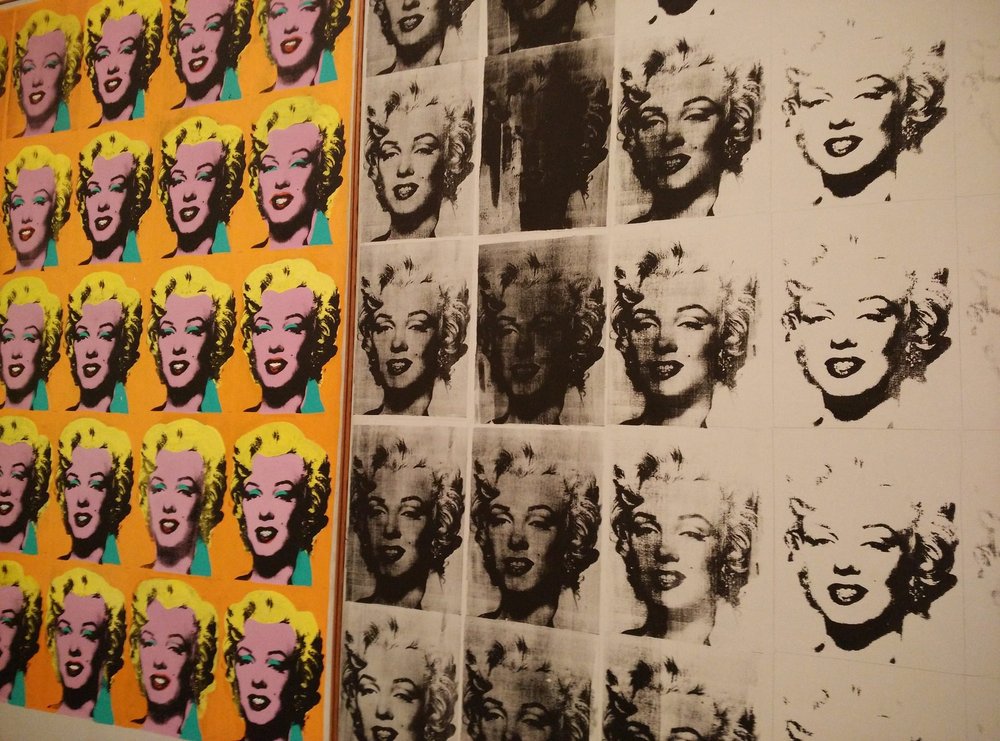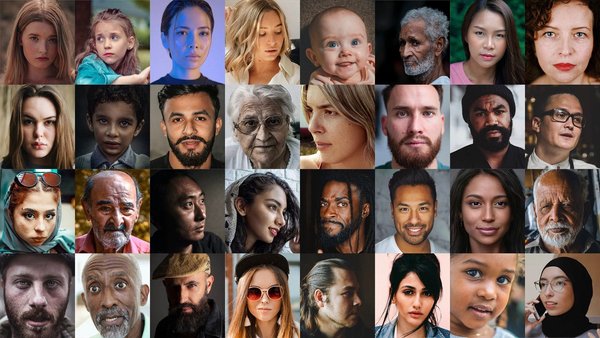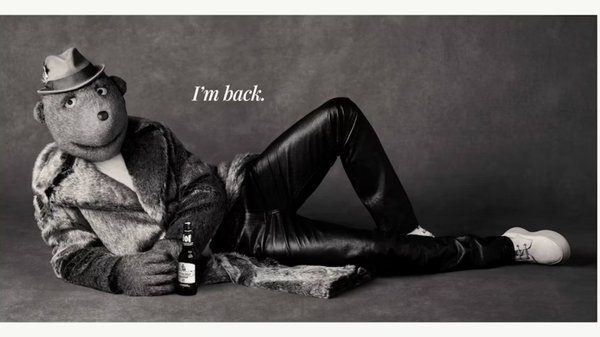The Art of Iteration /
The creative spark in marketing feels uniquely human but AI can play a pivotal part in the discovery and expression of ideas, argues Tom Ollerton, founder of Automated Creative
Contagious Contributor
/
Image by Patricia van den Berg from Pixabay
Four years ago I was an innovation director in a creative agency. It was my job to be knowledgeable about self-driving cars, flying cars and anything else that would keep our clients believing we had one foot in the future. In that time I came across AIs that could write music and poetry, create images and deep fakes, and even run audience research and media campaigns. It became obvious that eventually there’d be a new advertising creative service powered by AI – so I decided to see if that was possible.
Three years later that idea is Automated Creative – working with GSK, Reckitt Benckiser, Diageo, Unilever and Bose brands in over 30 markets and languages.
And rather than making yet another dynamic content optimisation engine (DCO), mixing up pre-set elements of ads to find the least worst option, we combine human insight and intuition with machine creativity to allow brands to organically optimise their ads over time.
This approach has now driven improvements in CPC and other metrics by sometimes 700+%.
And the best thing about AI: there are always, without exception, surprising learnings uncovered along the way. Here are a few of my favourites.
Prepare to be proven wrong /
Because we use AI to optimise hundreds of ads that improve over time, brands can test a huge range of written and visual emotional triggers. This means trying things that a brand would never have signed off in a ‘one size fits all’ approach, and allows you to overcome bias in your expectations.
For Reckitt Benckiser we found that in Mexico, mums preferred seeing ads with dad and baby, rather than mum and baby – something it had never tested before. Adapting content to this drove a huge uplift in conversion. For upmarket slipper brand Mahabis, the content that the team initially disliked was the best performing, and we also found that stills worked over video for certain audiences, something the team was not expecting.

Don’t set it and forget it /
The normal approach to testing is to use a DCO, or run A/B tests (or a run of them). In both situations, you find out your least-worst ad, and run it until people hate it and it stops performing. In both scenarios, you still don’t get any real insights as to why you ended up with that path.
For example, a well-known alcohol brand we worked with was able to discover that the reason the product was bought for a gift was to say ‘sorry’. This dumbfounded everyone – we’d predicted that birthday or Christmas messages would have been the winner. But the thousands of ads tested proved otherwise.
Understanding why means brands save money on production – and get insights that can inform the rest of their marketing.
Give each audience what they want /
Marketers have a habit of putting people in generic buckets; millennials, Gen Z, boomers. But in reality, even demographics that are almost identical on paper can differ hugely.
In Canada we ran an enrolment campaign to a French-speaking audience and an English-speaking audience. In our first creative sprint we ran identical ads to both audiences but in different languages. Despite the audiences being from the same demographic, the English-speaking audience wanted rewards and discounts, while the French-speaking Canadian audience wanted personalised content.
Decouple message from tone of voice /
Traditionally the message the brand is trying to land is combined with the tone of voice that it is delivered in.
AI changes this, allowing marketers to sequentially test these separately.
With one client, we tested a central pool of over 800 brand claims before moving on to testing different language binaries such as rational vs emotive, or humorous vs non humorous. Brands no longer have to find the one killer line that is right for everyone.
Learn, adapt and have fun /
Before AI, the relationship between creative and media was fixed. Creatives would come up with an idea and the media team would put it in front of the right eyeballs. But because AI can work at an incredible speed and scale, strategy and creative concept can be adapted in flight – which is fun. Instead of your creative being a fixed thing it becomes malleable, fluid and changeable based on data. The creative input, all the above-the-line elements are still vital – but the media process is much less staid.
For example, we ran a campaign for a retailer that started focusing on video ads featuring male and female influencers. However, the data showed us the audience was only interested in the articles being worn by certain women. So we were able to adapt the talent to generate new ads that featured the most popular clothes and people – as well as being able to give the client a detailed insight report into the emotional triggers that drove performance. Watching a campaign grow and develop is way more satisfying than watching an audience get bored of it while the media money drains away.
Online changed a lot of the ways that we thought about media, accountability, performance and more. But AI changes all that again – and technology makes it easy. Brands get to the people they need, costs come down and consumers get the ads that actually resonate.
Want more of the same? /
We don’t just write about best-in-class campaigns, interviews and trends. Our Members also receive access to briefings, online training, webinars, live events and much more.







